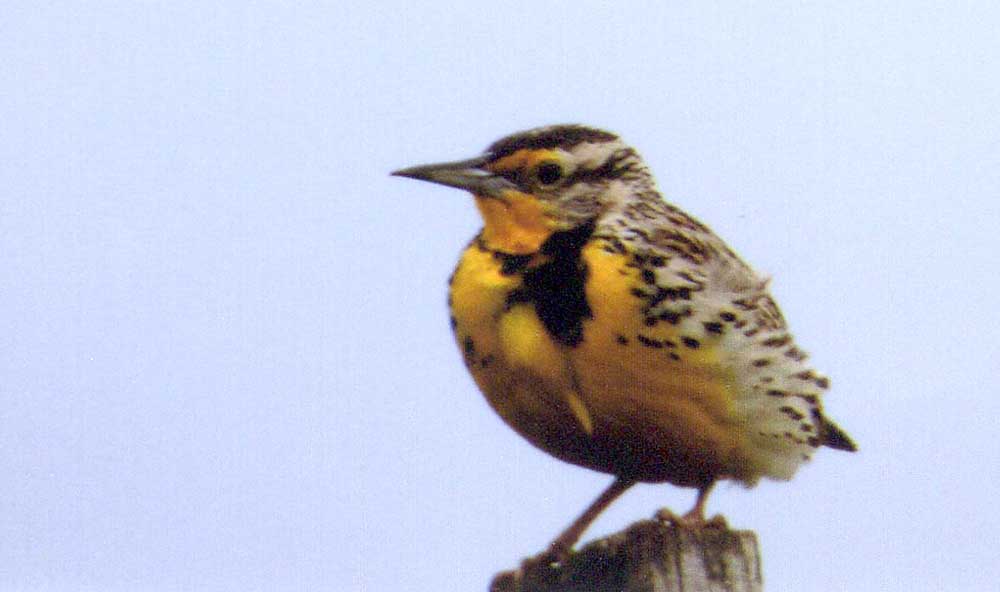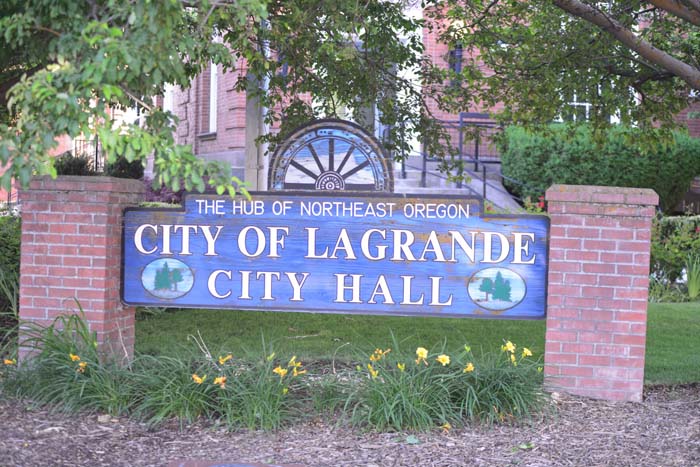The silky-voiced meadowlark
Published 12:13 pm Friday, June 3, 2016

- The western meadowlark.
I got a chance to take a trip out to Buckhorn Springs a few days ago. I hadn’t been out there for about 10 years, but things hadn’t changed much since I was there last. Perhaps the road was in better condition than it used to be. The only people we saw were bear hunters on their 4-wheelers as the spring bear hunt was on. Outside of the spectacular scenery, it was a bird watcher’s paradise. There were dozens of meadowlarks sitting on fence posts singing their notorious songs. Meadowlarks are not truly a lark as they belong to the family of blackbirds and orioles. Besides their songs, they also can be identified by their flight pattern, which is several yards of flapping followed by gliding.
The thing that I have always thought was the most clever survival tactic was their nesting habits. Meadowlarks are ground-nesters, and they build their nests under a canopy of tall grass that cannot be seen from the air and have a tunnel leading up to it so when danger approaches they escape for 15 or 20 feet before they fly. And when they come to feed their young they light several yards from the nest.
Trending
Most of this is a protection from magpies and ravens who will wipe out their eggs and/or their nestlings. If a human walks close to their nests they won’t fly until they are almost stepped on. Our western meadowlarks nest from southern Canada to Baja California and Mexico. The young meadowlarks leave the nest long before they can fly and scatter out to where their parents have a hard time keeping track of them. The adult meadowlarks are like robins and bluebirds, and sometimes they come back too soon even here in Wallowa County and get caught in snowstorms where they have to spend the nights under a snowdrift and find it difficult to find food.
I’m sure that everyone who reads this column knows that the meadowlark is our state bird. And it is a well-chosen candidate for their beauty and their song, to say nothing of the thousands of grasshoppers and beetles that they consume. If anyone wants to see them, it’s less than an hour drive out the Zumwalt Road. Be sure to shut off your motor and roll down the windows and you will get to hear their most pleasant songs.









